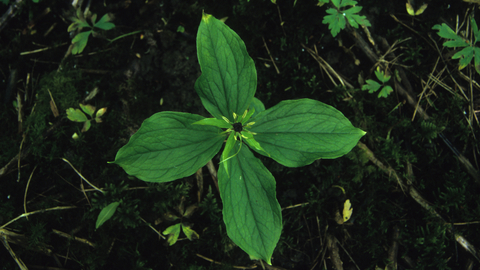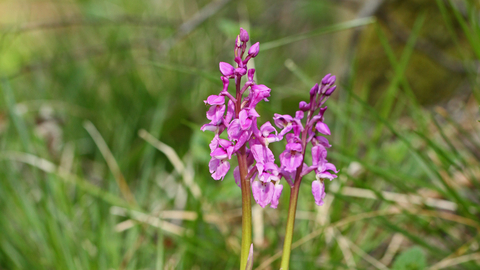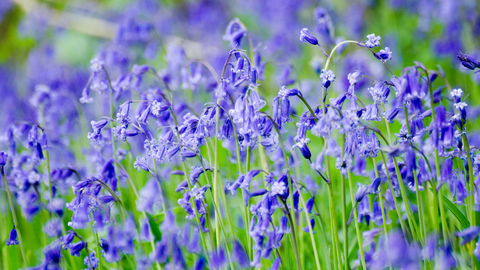By Steve Aylward

Herb paris by Steve Aylward
By Steve Aylward

Early purple orchid by Steve Aylward
By Steve Aylward
By Steve Aylward
By Steve Aylward

Groton Wood Nature Reserve
Location
Know before you go
Dogs
When to visit
Opening times
Open at all timesBest time to visit
March to SeptemberAbout the reserve
Brimstone butterflies feed on sunny spring days and woodcock display at dusk. This ancient woodland is noted for its small-leaved lime coppice, this is an indication that the northern part of the wood has existed since prehistoric times. The other species to note in Groton Woods is its large wild cherry trees, -it is one of only a few ancient woodlands in Suffolk with this species.
Groton Wood is unusual in that is has 22 seasonal ponds. These are good places to spot frog, toad and newt including the protected great-crested newt.
The rides are bursting with bluebell, pignut and early-purple orchid with shadier areas being characterised by violet helleborine, woodruff and herb-paris. 15 species of butterfly have been recorded at Groton Wood including brimstone, speckled wood and purple hairstreak whose caterpillars feed on oak. Summer songsters include black cap, willow warbler and chiffchaff, while other birds such as treecreeper, all three woodpecker species, woodcock and nuthatch are resident here.
Habitat
Contact us
Environmental designation
Location map
What is coppicing, and why is it important?
In this short film, Alex Lack (Woodlands Warden at Suffolk Wildlife Trust) explains the long tradition of coppicing at Bradfield Woods and the vital role this ancient woodland management technique plays in creating wildlife-rich habitats.
The History and Importance of Coppicing (https://www.youtube.com/watch?v=y55_14LBWAM&t)
Featuring Alex Lack. Filmed and editted by John Collins.

